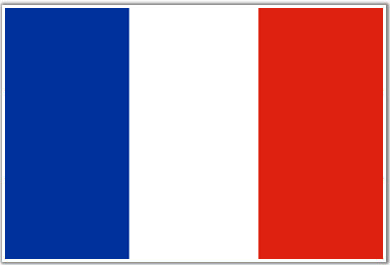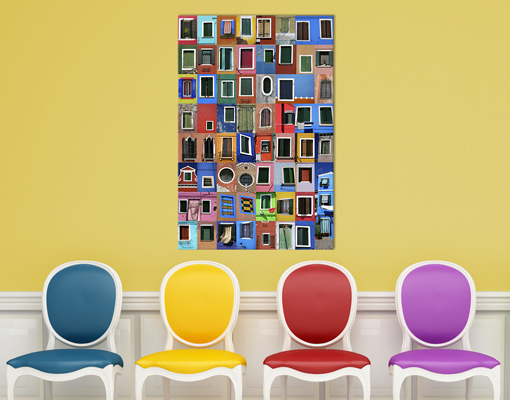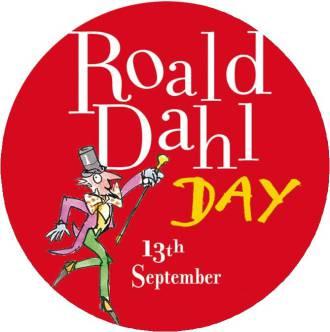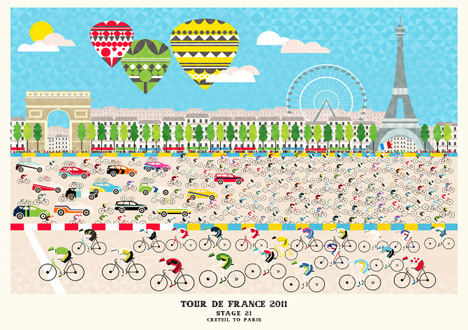This morning I sat down with the HOF, Julie Sutcliffe, at University Academy High School to plan a link lesson visit to local cluster
primary schools. Here is another “work in progress” transition project that JLN
are working on.
First a little context , over the last 18 months the High
School language staff and I have been considering the links between KS2 and KS3
.The school has access to the JLN SOW JLN SOW. The high school runs an alternate year
French Spanish Y7 language learning programme with the option to pick up the second
language in Year 8.We are looking for simple solutions to local transition here.
Julie is aware that some of the children are just setting off and other children are writing simple texts in the present tense.Over the next couple of years the children will all begin to work at a similar level
Last academic year
Julie and I looked for links between KS2 and KS3 learning by using the SOW as our
reference point. All Julie’s main cluster primary schools are working at an
early or more advanced stage with this SOW in French or Spanish. We were
looking for links – in language , structure and skills..
Julie and I then adapted the current 2013-14 Year 7 first
term learning scheme, offering KS2 children the opportunity to share prior
learning, access familiar games and songs and use familiar learning tools and approaches.
We considered ways of sharing knowledge across the two languages of French and
Spanish to bring children up to speed or to allow children to value the
knowledge that have gained during their primary language career. Last Summer
term we held staff training for the secondary language department to look at
prior learning and development of skills.

There was a light bulb moment when we saw a way forward for
this high school and its year 7 intake! How often do we as linguists move from
French to Spanish to find key words or to understand structure or grammar? As
linguists we can promote with the children in Year 7 some of our “tricks of the
trade” and how we can reinforce “language linking skills” they may not as yet
have realised they possess! We are therefore building on prior language
learning and knowledge as the new DfE POS asks KS3 to do!
The children in Year 7 this year have made the links between
the language learning that took place (mainly in French in KS2) and the new
language for most of the children in Autumn term Y7 in Spanish. Masculine
/feminine nouns- much easier to develop , because there have been similar links
made in KS2, foods, animals, days of the week ,months of the year etc, etc– the children as “language detectives
and explorers” are simply making links between prior learning of French and the
new language of Spanish.
The children who have arrived in Year 7 with Spanish
are not being held back as the speed with which links are made between French
and Spanish is allowing progression to happen quite naturally. I loved an email
earlier in the year from Julie that told
me the children just conjugated the verb “tener” because they could already do
this in French and they understood why and how!
So
what comes next? Well that’s what we have been planning today. Next year the
cohort arrive with French and learn French in Year 7 .So Julie’s challenge with
this next year’s academic cohort is to look more deeply at the skills
the children are bringing with them from KS2 and how to build on these in a
language they are familiar with already We remind ourselves all the time that
we are helping young language learners with competent basic skills become linguists.
So what skills of a linguist have the children already developed?
Reading this
on paper or hearing it from me for Julie is not the same as actually experiencing this.
With limited time and finding days that suit primary and secondary, Julie is flipping
the languages and trialling the following school visit to two cluster schools,where the children learn French. They are going to explore
some text level Spanish… because don’t forget she also needs to promote the Year
8 second language option. After the trial visits she will be better equipped to
inform her secondary colleagues about what to expect of young year 7 language
learners who are looking forward to becoming linguists!
The
activities are based on this you tube clip ………….
And a power point
word document that one of the associate Spanish JLN teacher uses to help her KS2
classes in Y4 when they learn this song with both the words and pictures to explain the actions and body parts.
Why have we chosen this?
All the children will have practised the parts of the body
in Year 4 as part of the class alien building activities and throughout their language
learning with songs such as “Heads, shoulders, knees and toes”. Take look here –
Karen the teacher at one of the cluster schools presented her simple ideas about
the use of Mr Potato Head to practise parts of the body with Year 4 French.
It is a song that the Year 6 class teachers can then follow
up and practise and use as part of their end of year leaving assembly or as
part of their World Cup celebrations and
link to the Brazilian Crown making
activities as a Spanish samba style dance!
It also allows Julie to get beyond word level quite quickly ,
allows her to engage with the primary style of language learning and to promote
the liveliness, cross curricular nature and effectiveness of speaking another language!
Below are the simple steps and activities that Julie will
follow when she visit and works with the trial cluster primary year 6 groups .She
should meet approximately 90 children in total in the two schools and will
feedback her simple observations to secondary colleagues that are written below
in red.We will let you know in a later blog post how she gets on!
Activity
|
Reason
|
Resource
|
1.French – revisit
familiar body parts language with a song e.g. Heads, shoulders , knees and toes/
Jean petit qui danse (nb You Tube clip)
|
Reinforce and practise/ revisit language so all children
are comfortable with the key words for transfer activities.
Feedback : knowledge and retention
of language
|
You Tube clips: Jean petit qui danse / Heads, shoulders , knees
and toes
|
2.Spanish key word
cards / French key word cards- matching activity
|
Promote the skill : finding meaning of new language
through second language knowledge
Seeing links and
patterns in words from different languages
Feedback : making links between
la familiar and an unfamiliar language
|
Spanish body part word cards
French body part word cards
|
3.Finding the
key words in the Spanish bilingual dictionary What else can we now find out
about these nouns
|
Use of bilingual dictionary
Recognition of masculine and feminine nouns
Feedback : prior understanding
of how to use a bilingual dictionary/are children aware of masculine and
feminine nouns and how to use the (m) and (f) to find this out?
|
Spanish bilingual dictionaries – one between two –
provided by high school.
|
4.Match the
written word to the spoken word
|
Listen ,read, respond activity
Feedback : listening for key sounds /word recognition skills
|
Spanish word cards for children
Teacher to only use spoken word
|
5. Listen and
watch the You Tube clip – which just show the words of the text. Spot the key
words and point to the correct part of the body
|
Identifying and understanding key familiar words in an unfamiliar
text.
Feedback : accessing sentence
level text to find familiar language.
|
You Tube clip
|
6.Add the
missing words to a text
Look for
cognates / semi cognates in commands within text
|
Understand text by accessing picture and clue prompts
To feedback :
following a foreign language text and anticipating key language. Exploring
unfamiliar text by context
|
PPT of song with pictures on IWB – key body parts
omitted.
Children have Spanish word cards
|
7.Perform the
song
Recall prior knowledge and familiar language
Listen, read, respond and join in
You tube clip
8.Leave text and
song for follow up by class teacher as part of World Cup/ end of year
celebrations
|
9. Children’s
feedback
|
Children to complete simple slip of paper with 3 points
that they have realised/ considered/ explored whilst exploring a new and unfamiliar
language about their own language skills
Feedback to secondary colleagues
|
Paper for children
|



























